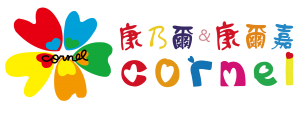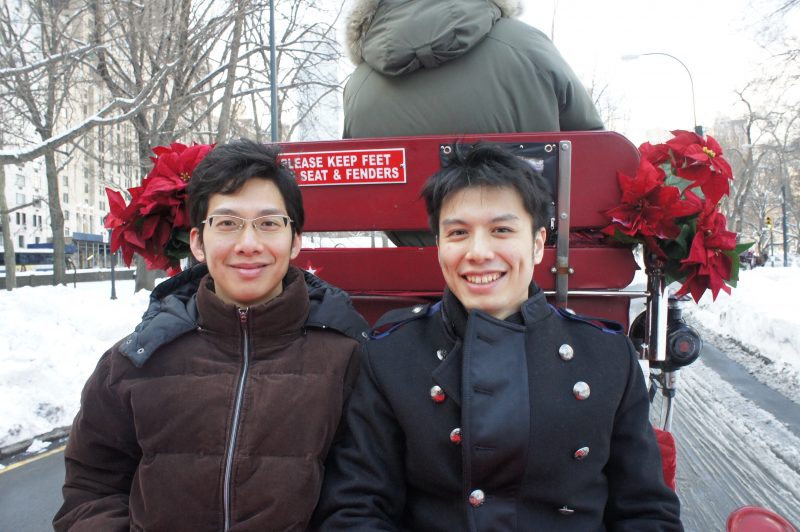A Twenty-Five Year Experiment-3
A Pioneering Program
In the first few years, my small school offered a program which required the students to come twice a week for a two-hour lesson each time. Even though the only language used in class was English, I found it ineffective and I was afraid that it could never reach my goals. In 1989, Chia was at kindergarten age, and I was worried that he would miss his critical time to learn English if he was not able to study in an English environment. Without any hesitation, I made a radical change at the school which was to help the young kids to follow the same method as if learning their mother tongue language. Therefore, I hired foreign teachers to carry out an American curriculum. I tried to create an environment for Chia in Taiwan which was the same as what Kang had in the States.
My pioneering work didn’t get too much support in the beginning. Parents had doubts and thought that the immersion program would interfere Chinese learning. In addition, their main concerns were how to help their children pass the college entrance exams and qualified for the best ones. They also doubted that the young kids could remember when they grow up what they had learned at such a young age. The rarity of foreigners in Taiwan was another problem, not to mention qualified foreign teachers. However, I was determined to knock down all the obstacles. I believed that I could make the impossible possible for my own boys.
The first thing I did to gain the parents’ support was to let Kang try an English test designed for prospective college students. I tried to find out where Kang stood compared with those students who were in their late teens. The result was very positive. Kang could easily answer 90% of the questions and he was only seven years old at the time. This reassured me that it could definitely work on young kids if we let them learn English in an immersion program. My observation on young kids learning in America also strengthened my belief that learning English would not hinder Chinese learning. When we lived in the States, many friends’ young kids could switch back and forth between different languages if they wanted to. It was the same in Taiwan that most kids learned a Taiwanese dialect at home but spoke Mandarin fluently at school. My conclusion was that the second language would not hinder the first one as long as both languages were used constantly.
Since this new kindergarten program was specially designed for Chia, I tried to find the best native English speaking teachers. I believed that good teachers made a tremendous difference for students and I really hoped that this pilot project wouldn’t fail. Fortunately, I found all the teachers I needed immediately. Some of them were my colleagues from the English Department of Providence University; some were my friends who came with their husbands through a state-run project of building fighter planes; some were missionaries whom I was acquainted with through the church. They helped me carry out this unprecedented work without any hesitation after listening to my big plans for my own boys.
Amazingly, this new immersion program worked beautifully on Chia, and it also worked well on other kids. The secret was very simple that I just followed the way of learning a mother tongue. Slowly but steadily they pick up the language.
The other strategy I relied heavily upon was to use stories to stimulate their interests in learning. However, English children’s books were not easy to get in Taiwan. In fact, they could only be found in two bookstores in Taipei. In order to get them, I had to take Kang and Chia to shop there often. Shopping was my love but it was quite a challenge to bring a heavy load of books home along with two young boys. The other resource was from my good friend, Yve. When she heard about the difficulty finding books in Taiwan, she searched for books from garage sales or second-hand shops for me.
This was how I started my school, slowly and lonely, but firmly I was heading for my goals. I knew one day I will GET there!





